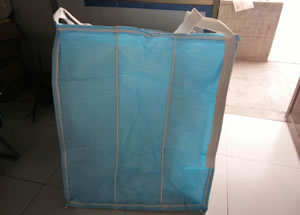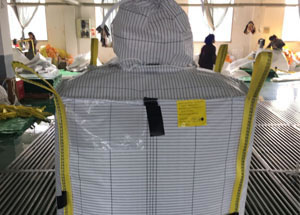
In addition to living life bags and industrial bags, and when it comes to industrial packaging will mention FIBC Bags, there are many types of FIBC Bags for different goods have different FIBC Bags, a life we use it is very much, but now there is a shoddy phenomenon on the market. Today we will talk about FIBC Bags one of the Conductive FIBC Bags, and what is the difference between it and ordinary FIBC Bags?
Conductive FIBC Bags and Common FIBC Bags distinguish from the following:
1, FIBC Bags look at the color of its plastic. Generally, the color of the new material is relatively bright, if the feeling of color is too bad plastic, it is possible that the material is poor. Conductive FIBC Bags the lighter the color, the use of a wider range such as White, both adjustable into a variety of other colors, but also go back to the White product, the same price is high.
2, look at the brightness, of course, these can be removed for transparent material, generally, look at the table bright, good color, the performance of the material is better, different sources of waste plastic bags caused by the use of different levels of waste plastic bags prices are different.
3, by hand, to sense, by hand to touch the mold, you can feel its weight and its lubrication. Generally, good plastic bags feel more smooth.
4, you can smell the smell, different plastic bags of materials, the smell will be different, can be distinguished by smell the smell, of course, to the specialized people, more familiar with the smell.
5, you can use the fire to ignite, view the flame color is smoke, whether it contains from the fire incineration or non-combustible.
Many of the chemical raw materials are flammable, explosive dangerous goods, transportation conditions are very demanding cost is extremely expensive. Use Conductive FIBC Bags, permanent anti-static FIBC Bags woven bags, packaging chemical dangerous explosive flammable materials, so as to achieve the effect of anti-burning, explosion-proof, reduce safety hazards and reduce transportation costs.


